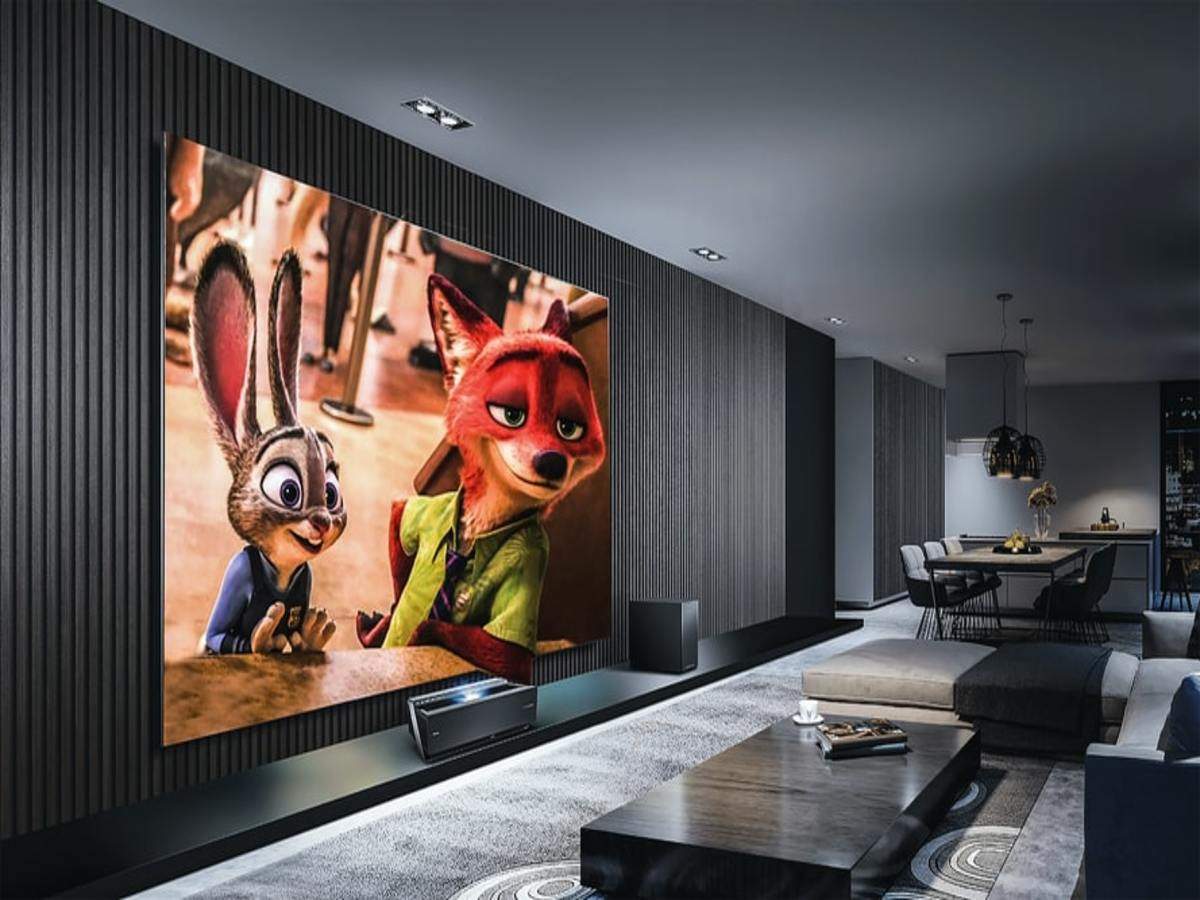
Choosing the best paint for projecting onto depends on several factors, including your projector's brightness (lumens), the ambient light in the room, and your desired image quality.
Types of Paint for Projection
1. Projector Screen Paint (Specialized Coatings)
These paints are specifically formulated for projection and offer superior performance compared to regular wall paint. They contain minerals or metallic elements to enhance reflectivity, contrast, and color accuracy.
Benefits:
- Optimized for Projection: Designed to reflect light evenly, reduce hot-spotting (bright spots), and provide a neutral color balance.
- Enhanced Image Quality: Can significantly improve contrast, black levels, and overall picture depth.
- Gain Control: Available in various "gain" values, which measure how much light the screen reflects. Higher gain means a brighter image, while lower gain often offers wider viewing angles and better color accuracy in controlled lighting.
- Ambient Light Rejection (ALR): Some specialized paints are designed to reject ambient light from other angles, making them suitable for rooms with some natural light.
- High-Resolution Compatibility: Many are formulated to support 4K and 8K projectors.
2. Color of the Paint
White:
-
- Best for: Dark rooms with good light control, 3D viewing, and maximizing brightness.
- Characteristics: Provides the brightest image and is generally good for color accuracy. However, in rooms with ambient light, white can make dark scenes look washed out.
Gray (Light Gray to Dark Gray):
-
- Best for: Rooms with some ambient light, improving contrast, and deepening black levels.
- Characteristics: Gray paint helps to "trick" the eye into perceiving deeper blacks, especially with projectors that have lower contrast ratios. The darker the gray, the more contrast it provides, but it will also absorb more light, making the image less bright. A good balance is often a light to medium gray. Ambient Light Rejecting (ALR) paints often come in specific darker shades to combat ambient light.
Silver:
-
- Best for: Gaming and HD movies, and sometimes passive 3D.
- Characteristics: Can offer a very bright and vibrant image, but may have narrower viewing angles and can sometimes introduce a slight color tint.
3. Paint Finish
- Satin: Often recommended as the preferred finish for projector screens. It provides a good balance of reflection and absorption, preventing unwanted glare while maintaining clarity and natural colors.
- Matte/Flat: While some might suggest a simple matte white, it can still produce some glare ("hot spots") and may not offer the same level of contrast and color accuracy as specialized projector paints or satin finishes.
- Glossy: Generally not recommended due to high reflectivity, which causes significant glare and hot-spotting, making the image difficult to view.
Surface Preparation
Regardless of the paint type, the surface you're painting on must be perfectly smooth and flat. Any imperfections, dust, or texture will be highly visible when magnified by the projector. Be sure to fill any holes or cracks, sand the surface thoroughly (start with 150-grit, then 220-grit for a smooth finish), and always apply a good quality primer (a water-based white primer is often recommended).
Recommendations
- For a dedicated home theater with good light control (dark room): A specialized white projector screen paint with a gain of 1.0 to 1.2 will provide the brightest and most accurate colours.
- For a living room or multi-purpose room with some ambient light: A specialized gray projector screen paint (light to medium gray) with a gain between 0.8 and 1.5, possibly with ambient light rejecting (ALR) properties, will help maintain contrast and black levels.
- For a budget-friendly DIY option: While specialized paints are best, some people have success with high-quality flat or satin latex paint in a light gray or white. However, results may vary significantly compared to dedicated projector paints.
Ultimately, for the best performance, investing in a specialized projector screen paint that matches your projector's brightness and room lighting conditions is highly recommended.



